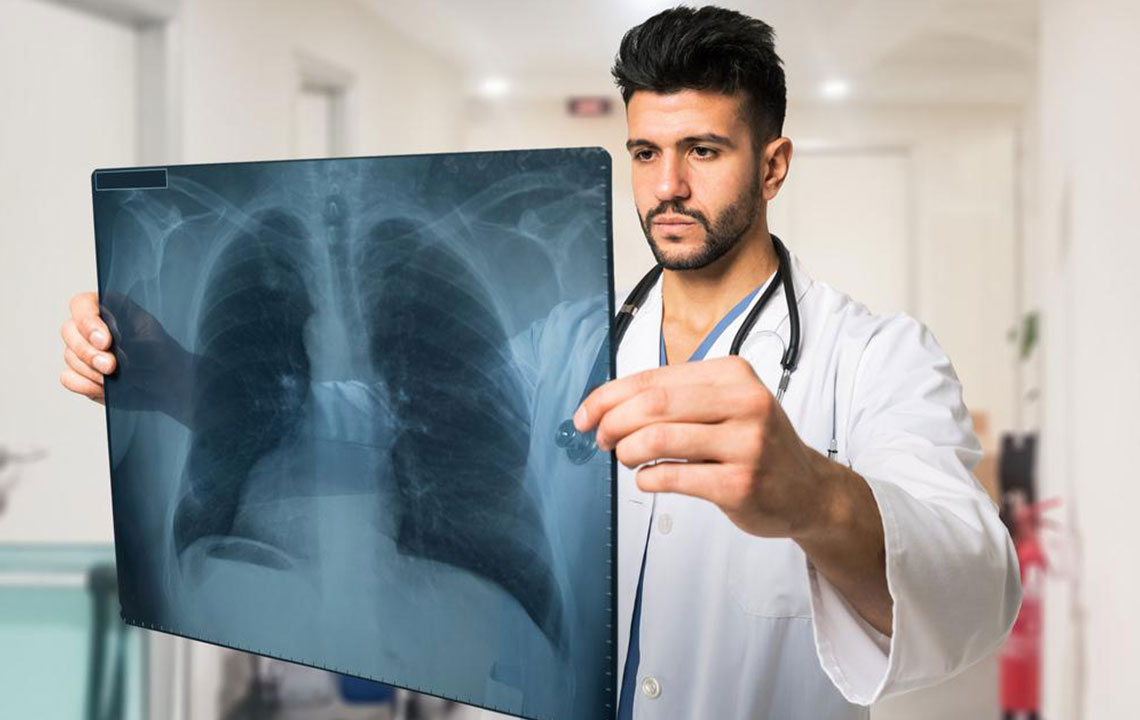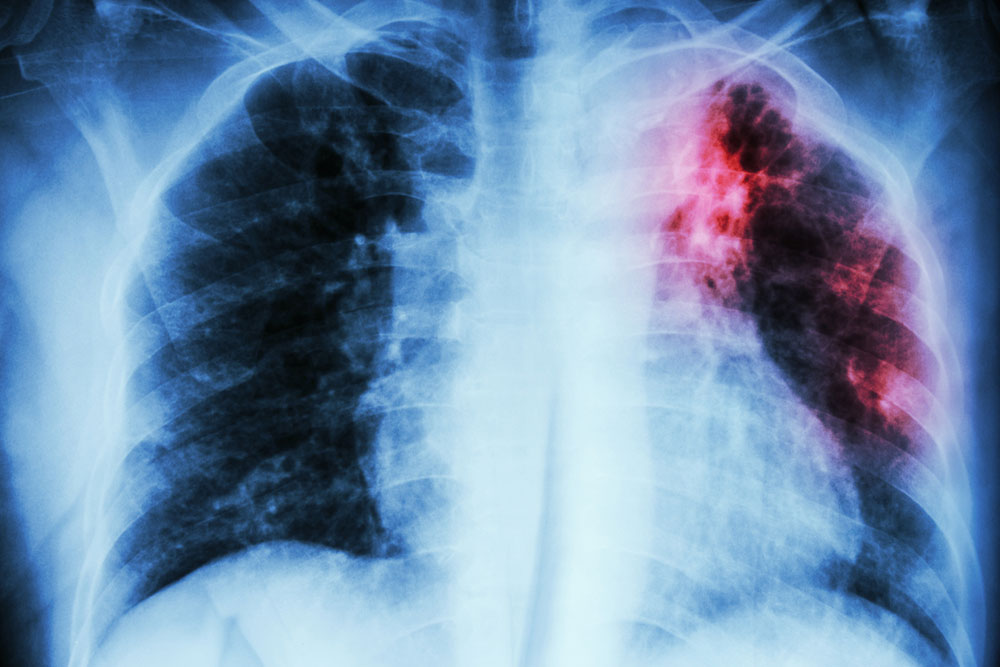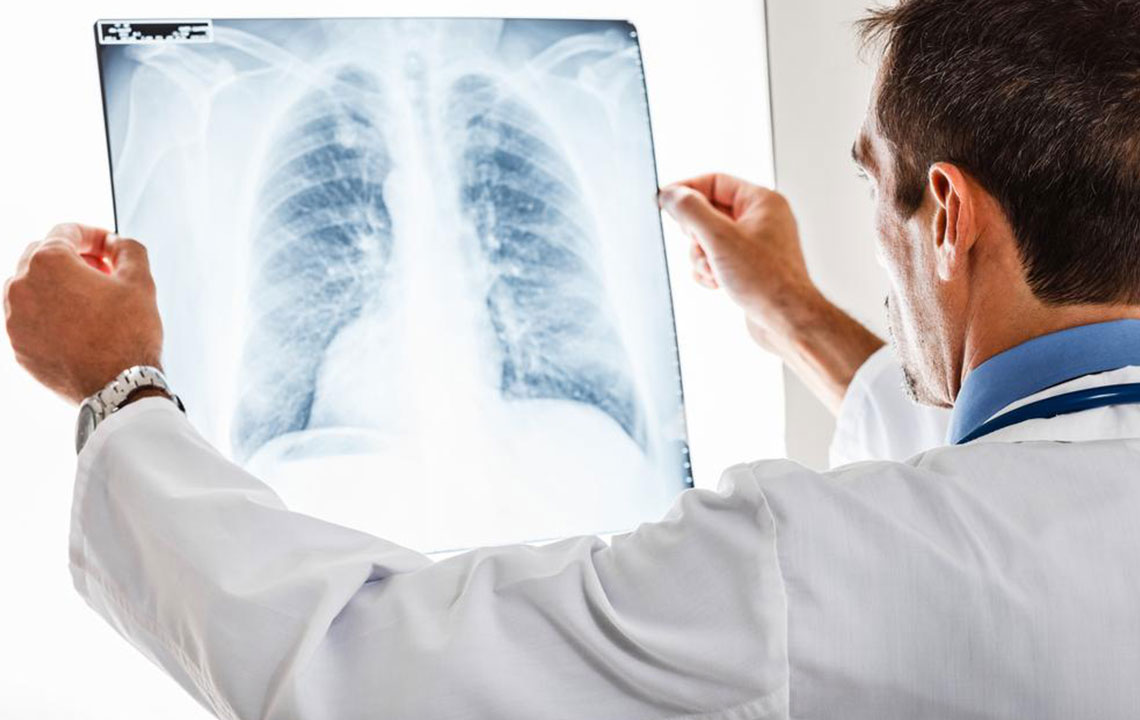Symptoms and Warning Signs of Pulmonary Embolism
Pulmonary embolism is a serious condition caused by blocked arteries in the lungs, often due to blood clots. Recognizing symptoms like sudden breathlessness, chest pain, and cough with blood is vital for prompt treatment. Risk factors include prolonged immobility, surgeries, pregnancy, and lifestyle factors. Immediate medical intervention can prevent life-threatening complications. This article explains the symptoms, causes, and treatment options to raise awareness and encourage early diagnosis.

Understanding Pulmonary Embolism Symptoms
Pulmonary embolism (PE) happens when a blockage in the pulmonary arteries obstructs blood flow to the lungs. Most often, this blockage results from a blood clot that travels from other areas, but other causes include air bubbles, fats from broken bones, or amniotic fluid. This interruption can cause lung tissue damage (pulmonary infarction) or reduce oxygen levels in the blood. PE symptoms usually emerge suddenly and require immediate medical attention.
Sudden shortness of breath, worsened during activity and not relieved by rest
Chest pain resembling a heart attack, unrelieved by rest
Coughing up blood or blood-stained sputum
Swelling and pain in the calves
Clammy, bluish skin (cyanosis), rapid or irregular heartbeat
Fever, excessive sweating, dizziness
If untreated, pulmonary embolism can be life-threatening. Treatments focus on dissolving the clot quickly and restoring blood flow, often using anticoagulants like heparin. Longer-acting oral medications and newer fast-acting drugs are also available. Risk factors include long periods of immobility, surgeries, pregnancy, obesity, and certain cancers. Awareness of symptoms is crucial for early intervention and prevention of serious complications.










